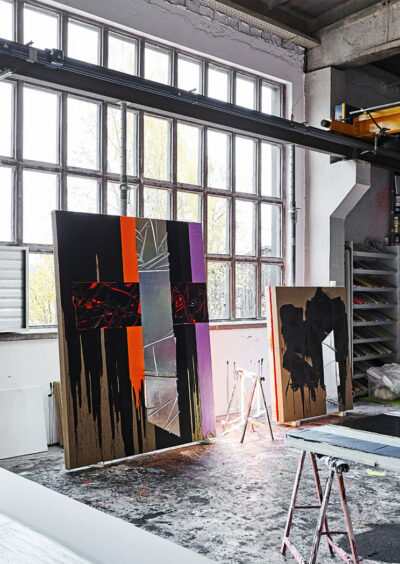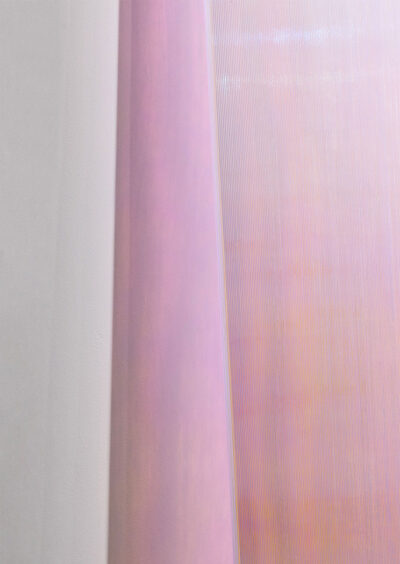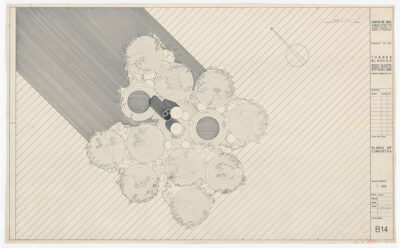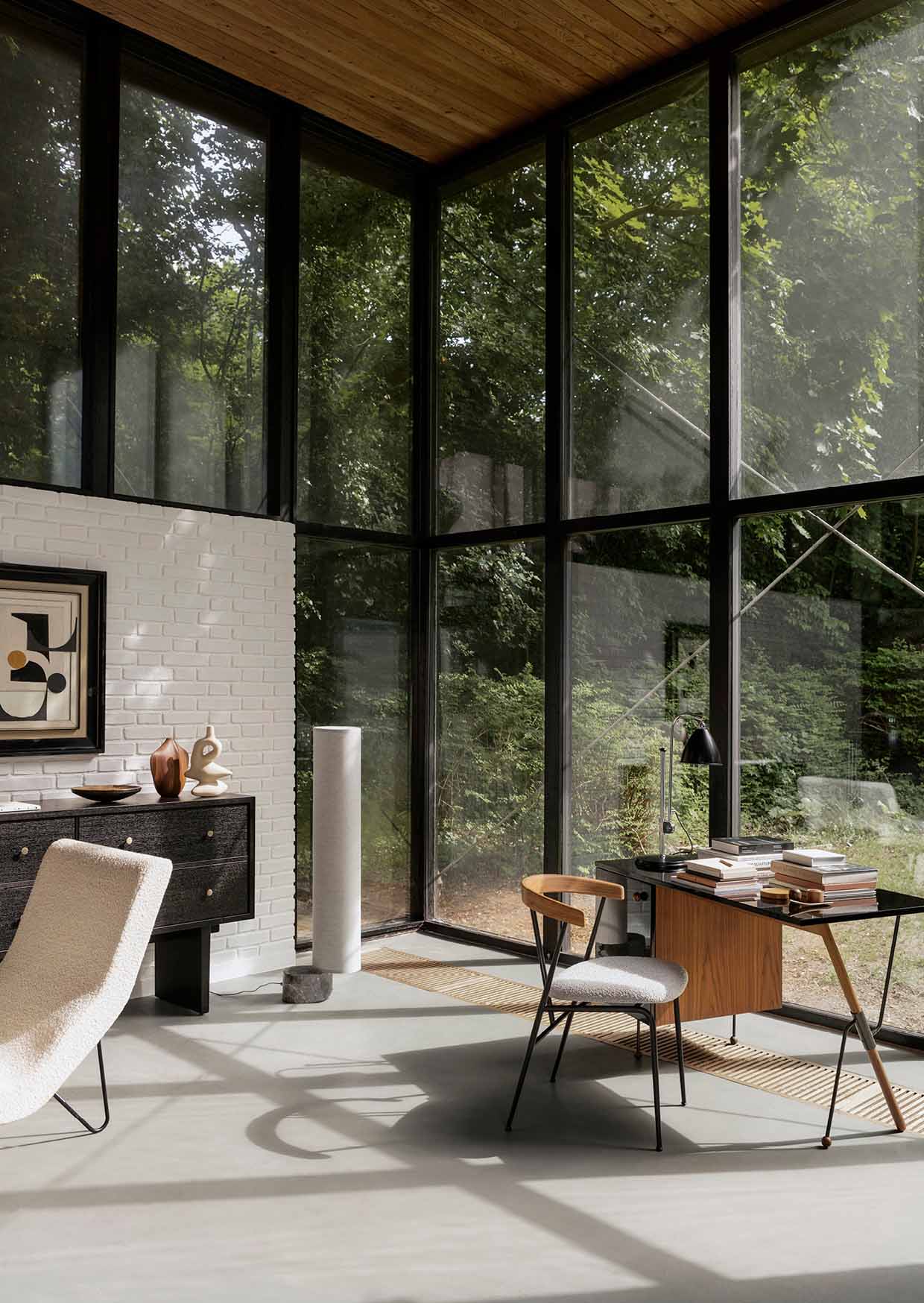
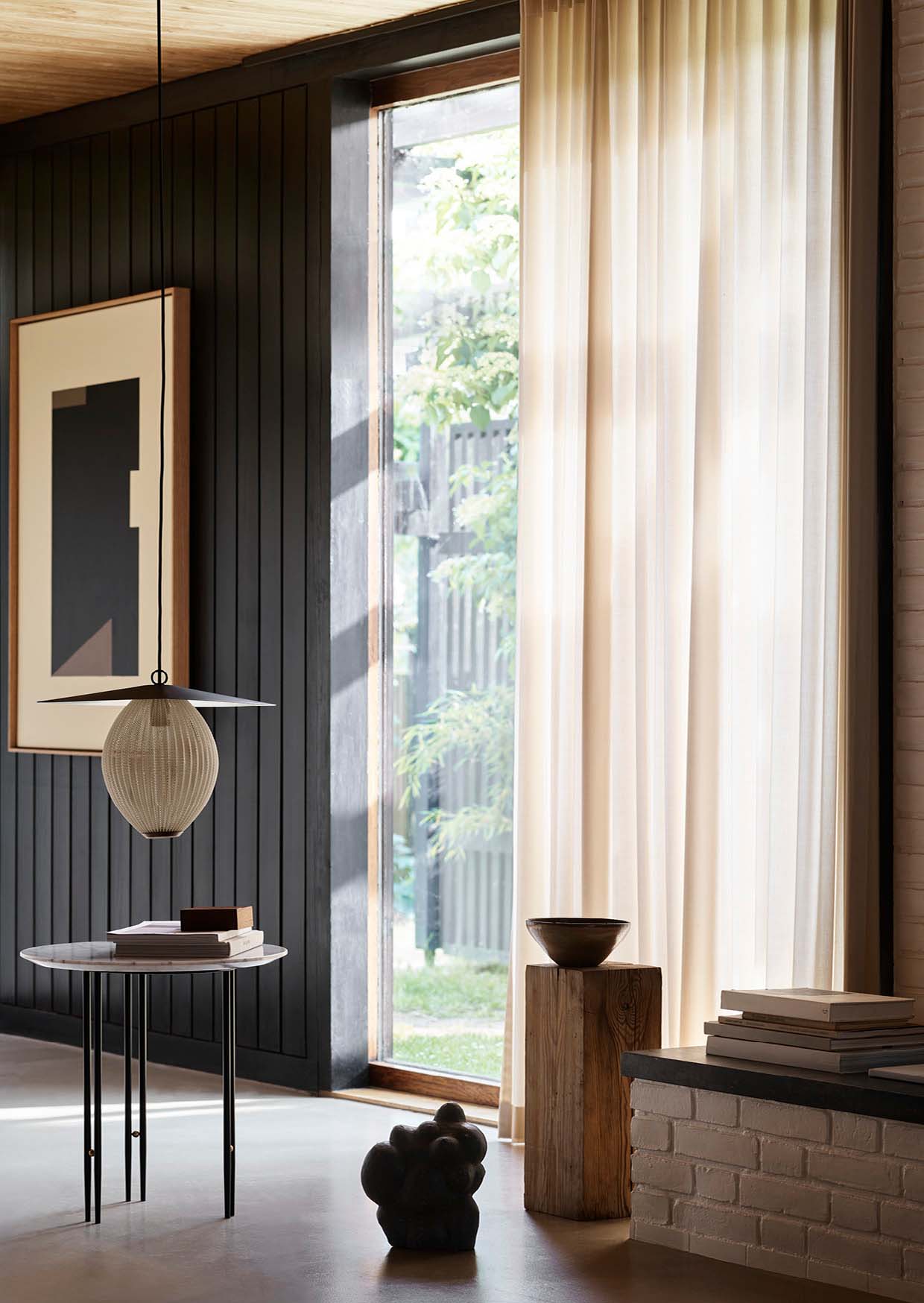
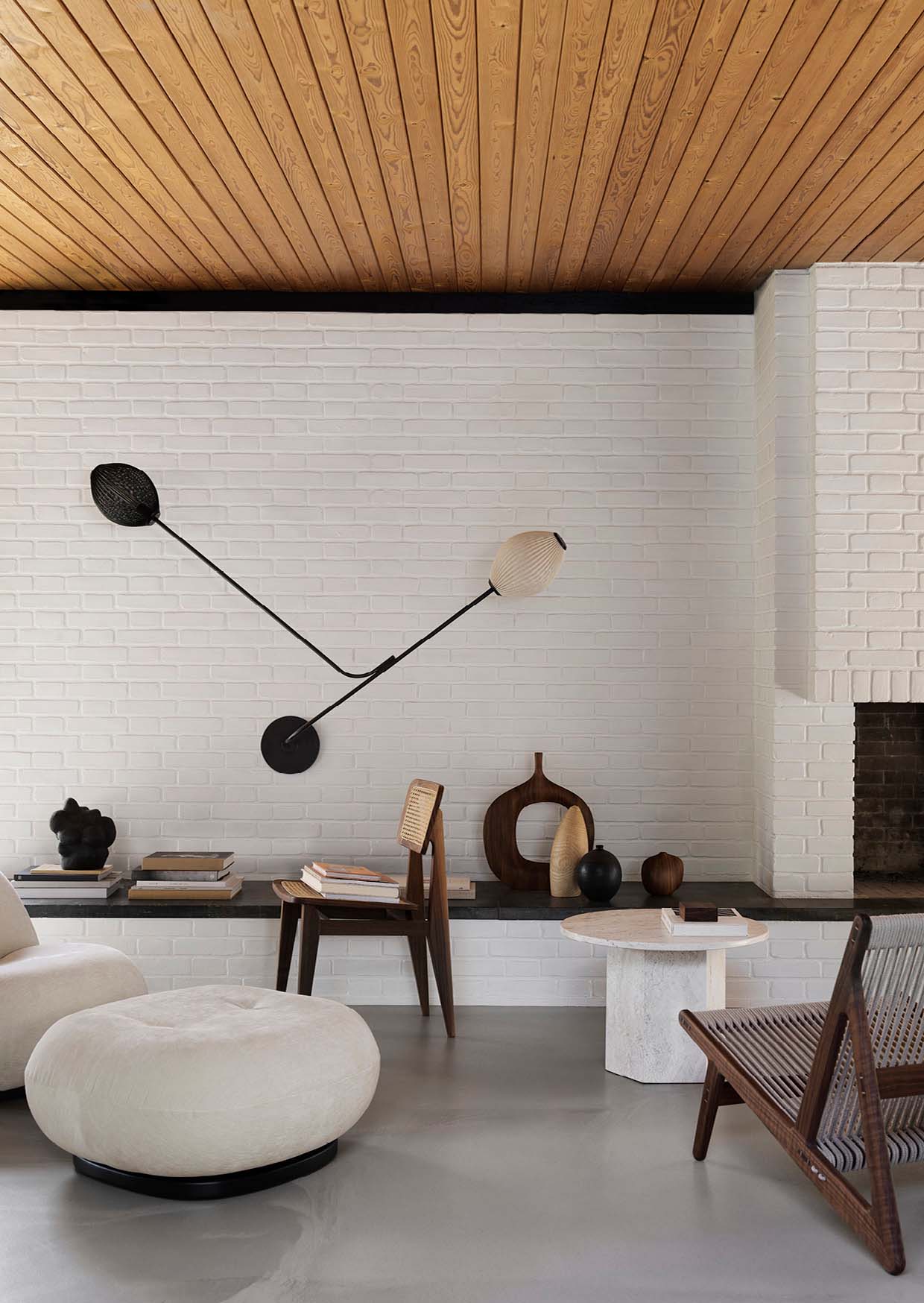
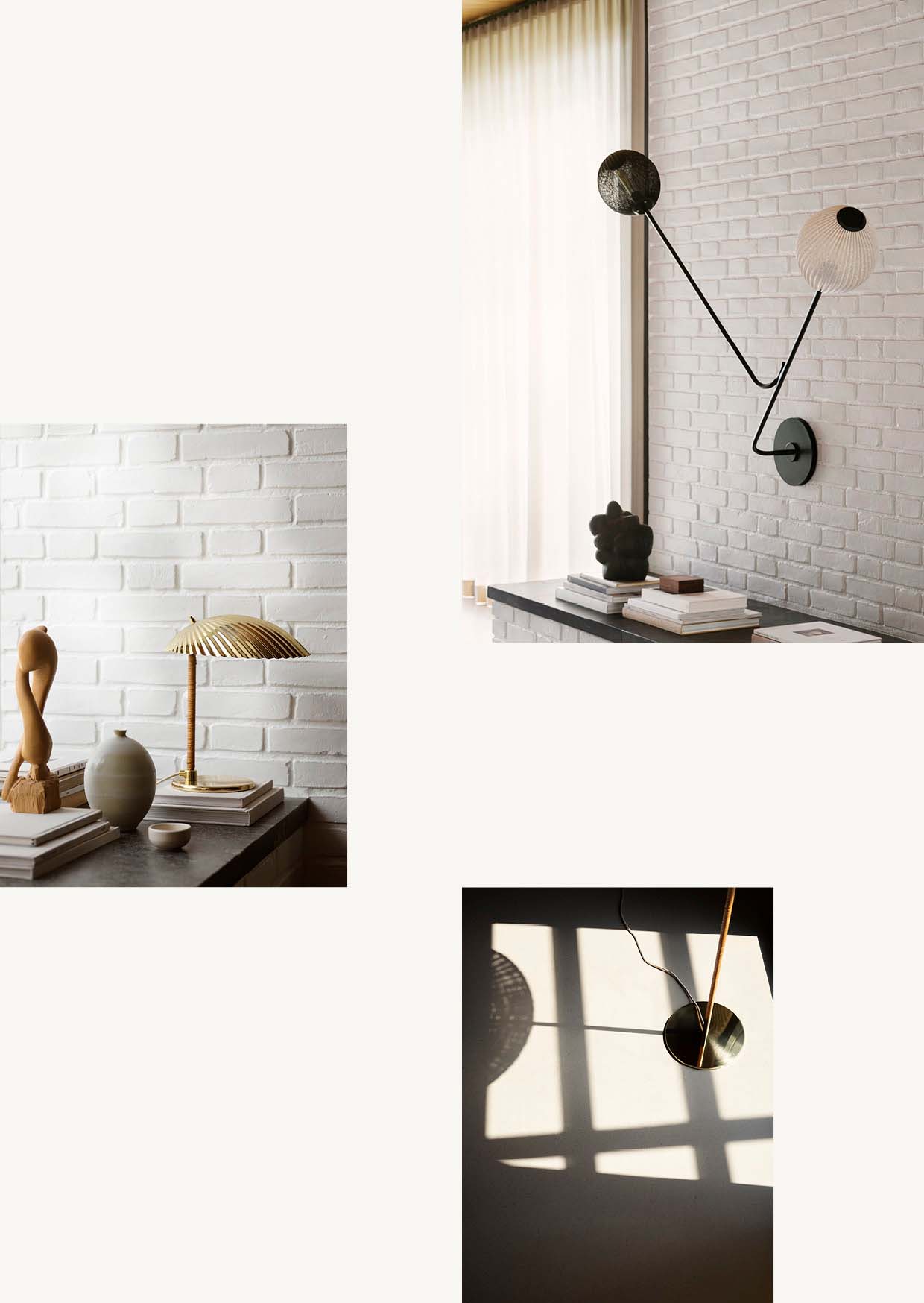
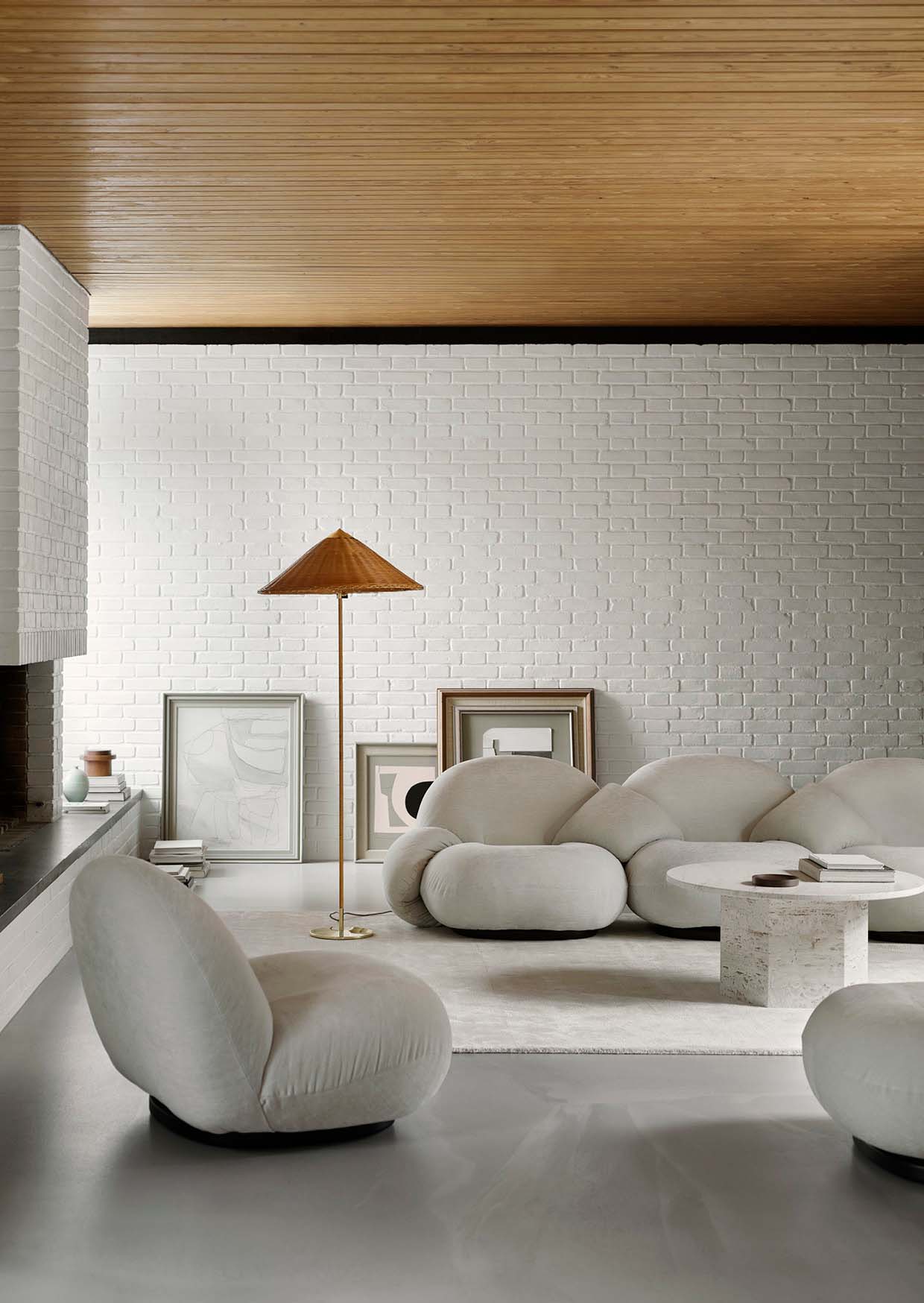
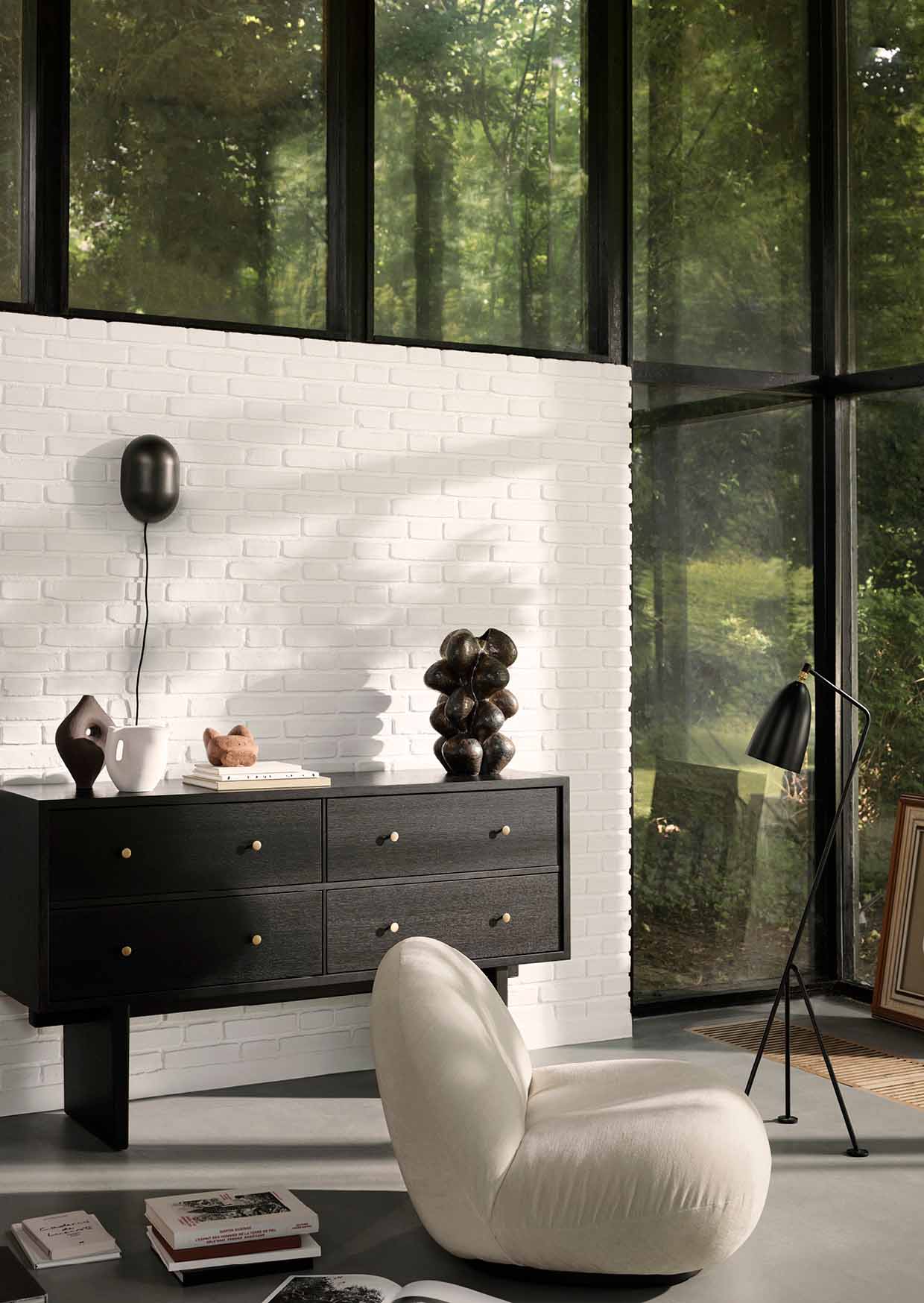
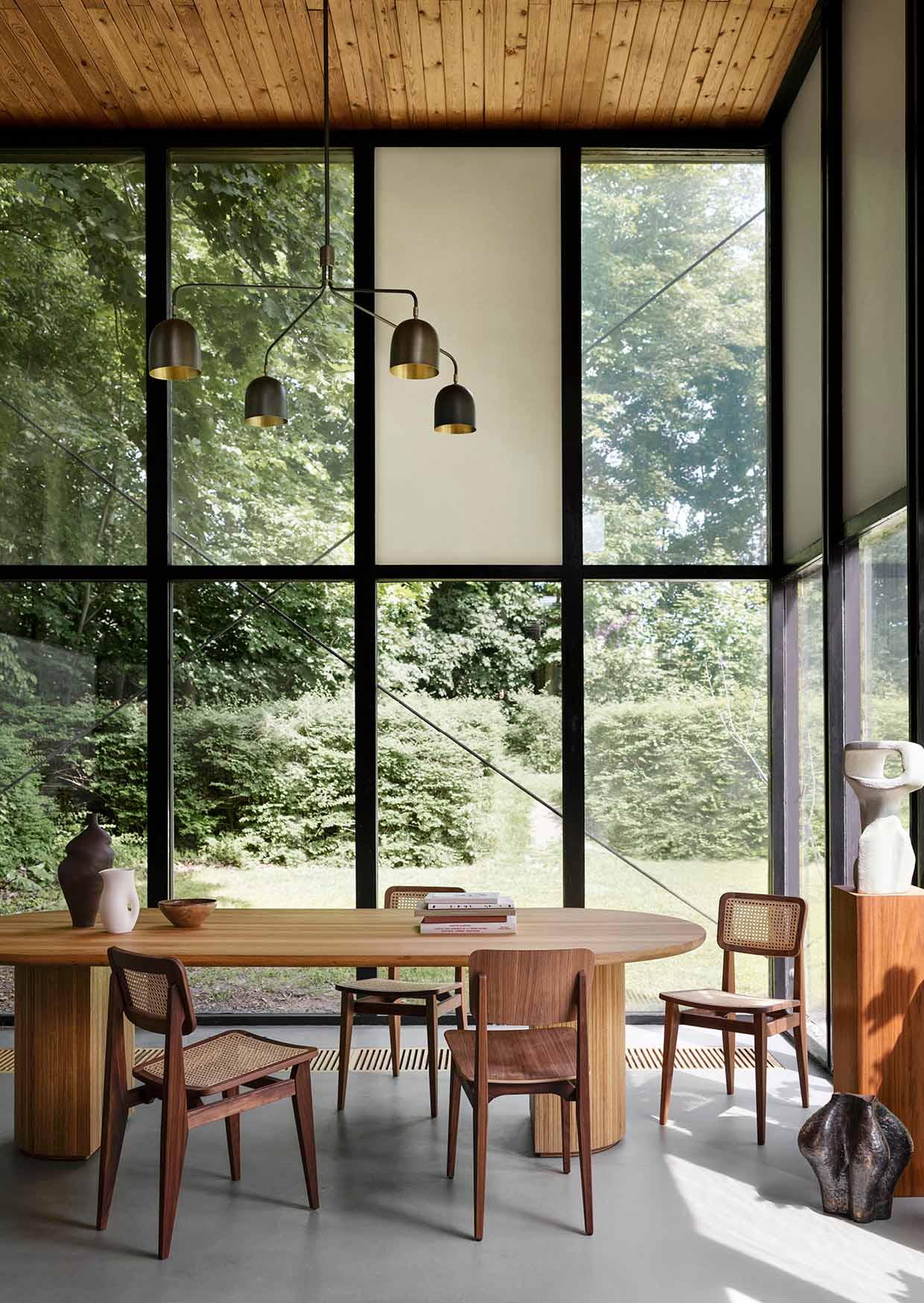
THE SHAPE OF LIGHT
— ARK X GUBI
ADVERTORIAL
In collaboration with Gubi, and to celebrate the brand’s new lighting collections, Ark Journal’s creative team produced a photo essay inspired by the Californian mid-century modern architectural style. It’s an homage to a period that embraced both art and craft, a time of eclecticism and optimism that was defined by the transition from modernism, an era that was both forward-thinking and outward-looking. It was an epoch suffused with a desire to experiment and with a curiosity about other people’s cultures, and particularly folk art. A deep concern for comfort and nourishing of the spirit resulted in natural materials, ceramic and organic sculptures combined with the cosiness of low-level furniture.
RE RUIN — HOME BERLIN
Building their home amid the ruins of an abandoned GDR property in east Berlin gave artist Anselm Reyle and architect Tanja Lincke the chance to rediscover the beauty of creative freedom.
MAKING THE INVISIBLE VISIBLE – ANN VERONICA JANSSENS
Growing up in Kinshasa, Ann Veronica Janssens would often watch the sunset and sunrise, specifically the deep shades of violets, yellows, pinks and reds that swept across the sky, over the nearby mountains.
FRANCISCO JAVIER SÁENZ DE OIZA’S TORRES BLANCAS
Navarra-born, Francisco Javier Sáenz De Oiza is regarded as one of the most prolific Spanish architects of the twentieth century. In the 1950s, following an unimaginative return to the neo-classical style under Generalissimo Franco, Oiza, with peers Francisco de Asis Cabrero, and Miguel Fisac, began integrating international architectural vernaculars in their search for a Spanish Modernism.

THE SHAPE OF LIGHT
— ARK X GUBI
ADVERTORIAL
In collaboration with Gubi, and to celebrate the brand’s new lighting collections, Ark Journal’s creative team produced a photo essay inspired by the Californian mid-century modern architectural style. It’s an homage to a period that embraced both art and craft, a time of eclecticism and optimism that was defined by the transition from modernism, an era that was both forward-thinking and outward-looking. It was an epoch suffused with a desire to experiment and with a curiosity about other people’s cultures, and particularly folk art. A deep concern for comfort and nourishing of the spirit resulted in natural materials, ceramic and organic sculptures combined with the cosiness of low-level furniture.






